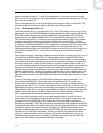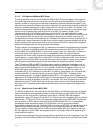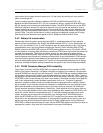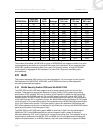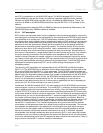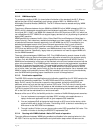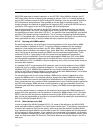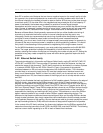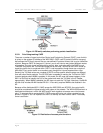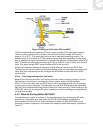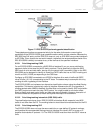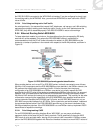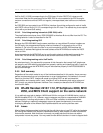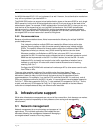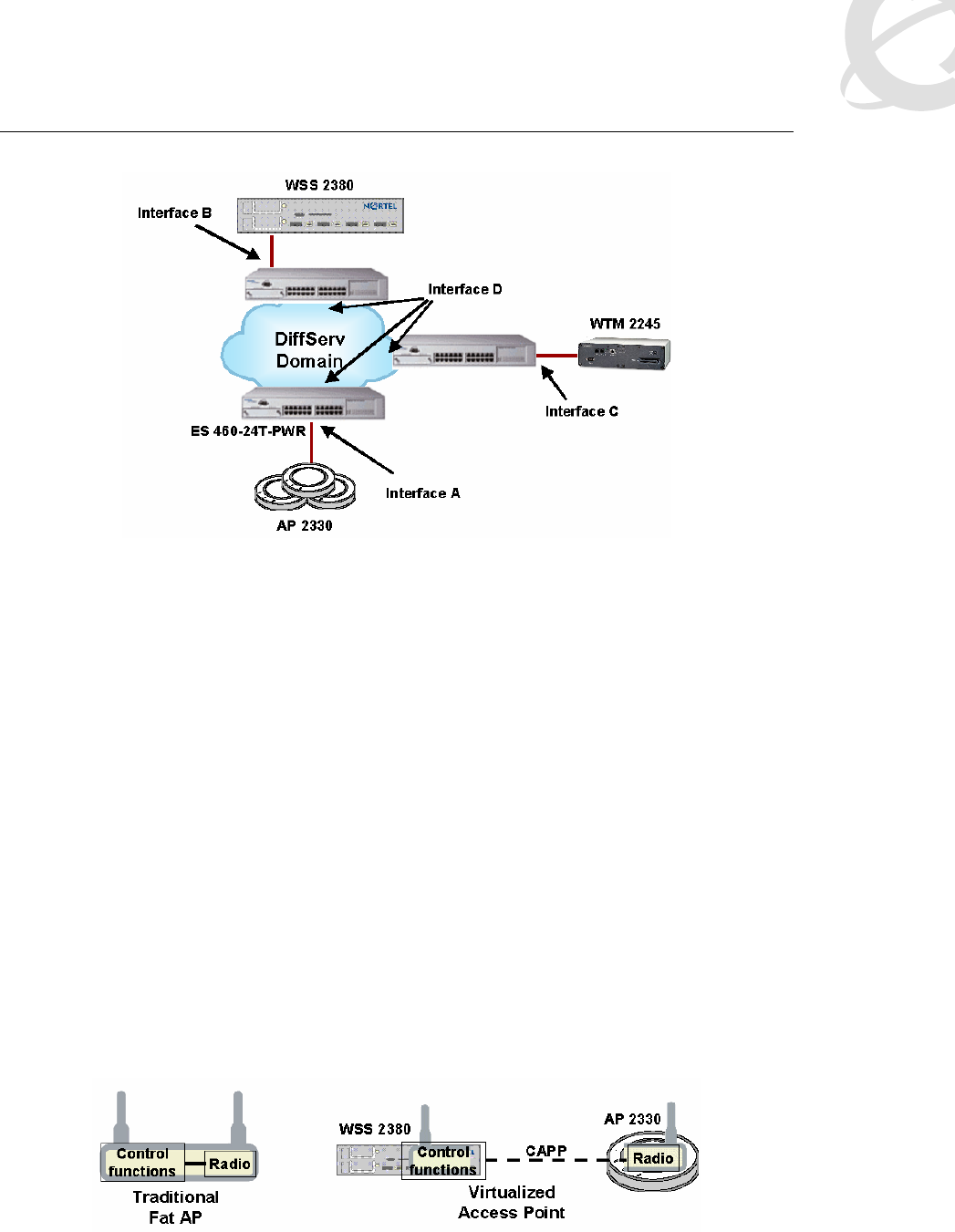
Voice over Wireless LAN Solution Guide v1.0 December 2005
______________________________________________________________________________________________________
Page 41
Figure 14: ES family switches performing packet classification
2.5.2.1 Prioritizing/marking CAPP
There are a number of ways to prioritize Control and Provisioning Protocol (CAPP), one of which
is to key on the system IP address of the WSS 2300. CAPP uses IP protocol 0x04 for transport,
but because the ES family cannot filter on user-defined IP protocol values, this is not a viable filter
criterion. Because CAPP is always an L3 tunnel, you do not have to worry about different modes
of operation. The main issue is distinguishing control, data, and voice within the CAPP tunnel.
The WSS 2300 marks the ToS field and maps that to the outer ToS field of the CAPP tunnel so
classifying traffic that is contained within CAPP is not impossible, though there are a couple of
difficulties: First, control traffic is not marked, even though this is more important than voice.
Second, the ToS field values are a subset of DSCP and the specific default values are different
than with other Nortel products. The AP 2330 also is capable of marking the ToS field of CAPP
tunneled packets when WMM is enabled. In this mode, the AP uses the access category in the
802.11e QoS field to identify the CoS of the packet and mark the ToS field in the IP header
appropriately. When WMM is disabled, the AP does not mark the ToS field. Note that a VoWLAN
solution that includes WLAN Handset 2210/11/12 currently requires WMM to be disabled in the
AP.
Because of the distributed 802.11 MAC across the WSS 2300 and AP 2330, the control traffic
should be considered the highest priority traffic class on the network. The WLAN 2300 series is a
distributed architecture in which the WSS and AP work together to become one virtual access
point. To compare this to a standard AP, CAPP serves a function not unlike a system bus, as
shown in Figure 15. So it is important for the ES to identify and mark control traffic. Fortunately
there is a solution.
Figure 15: Distribution of access point functions



